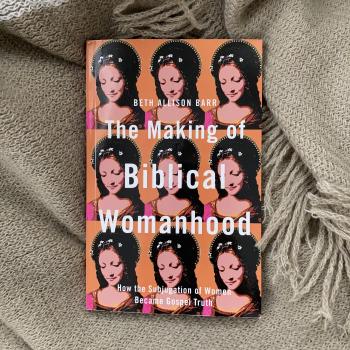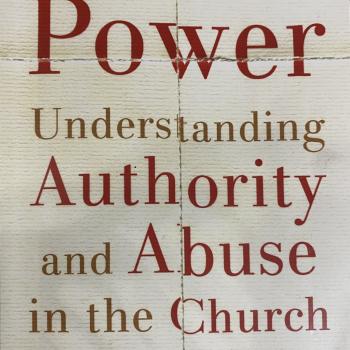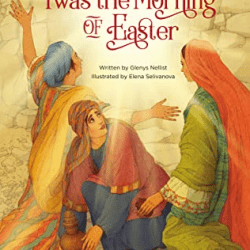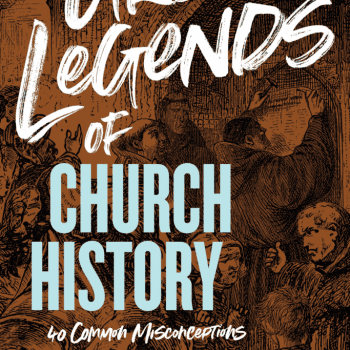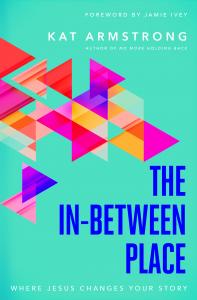 If you’ve ever felt parked in neutral, feeling as if the world is flowing by while you sit, helpless to re-engage, Kat Armstrong has something to tell you. Her new book, The In-Between Place: Where Jesus Changes Your Story, is for the person who feels lost and is not sure she is worth the effort to be found, for the person who feels overlooked and unfulfilled. Because sometimes Jesus saves our greatest spiritual breakthroughs for our in-between places.
If you’ve ever felt parked in neutral, feeling as if the world is flowing by while you sit, helpless to re-engage, Kat Armstrong has something to tell you. Her new book, The In-Between Place: Where Jesus Changes Your Story, is for the person who feels lost and is not sure she is worth the effort to be found, for the person who feels overlooked and unfulfilled. Because sometimes Jesus saves our greatest spiritual breakthroughs for our in-between places.
Kat writes with authenticity, insight, and a lot of humor. She offered a few thoughts on the themes and topics of her book in our interview below.
What is an “in-between place?”
Anytime you are staring down confusion, uncertainty, or even despair. The times in our lives when we ask ourselves questions like, how did I end up here? Is this as good as it gets? Maybe someone is paralyzed by fear right now; some looming decision has them unable to make the next right step. An in-between place is when you feel as if your life is an elevator: you push all the right buttons, the doors open and close as usual, and everyone else seems to get off on the right floor in their relationships and careers, but you are stuck in the corner looking for an eject button. You just want out. Or maybe every assumption you made about your life feels as though it was proved wrong overnight.
Why did you choose the Samaritan woman from John 4 as a basis for The In-Between Place? What can we learn from her story?
This book was born when Ronnie, my Holy Land tour guide, said, “We are standing in modern-day Samaria. You’ll remember it’s the setting for the story of the woman at the well. And now we’ll hear from Jackie about Dinah’s story from Genesis 34.” One casual transition statement from our tour guide, Ronnie, about the Holy Land site visit for the day, to our Bible teacher, Dr. Rev. Jackie Roese, reoriented the way I read the Samaritan woman’s conversation with Jesus in John 4. How did I not see it sooner? Both women’s stories have Samaria as their setting, and I think there is divine purpose in the places and spaces God revisits in the Scriptures.
When I put both women’s stories side-by-side, I found some profound echoes. While Dinah is the first daughter in the Bible whose name is mentioned at birth, the woman at the well is nameless in the text. In Dinah’s story, Hamor is the prince of Shechem, a powerful man to be feared in a place known for terror. But in the woman at the well’s story, Jesus is the powerful man and he is the prince of peace. His presence does not evoke terror but rather safety. In Dinah’s story, her father Jacob is silent about her rape, but Jesus initiates one of the longest recorded conversations in the New Testament with the Samaritan woman even though he knew everything about her story. I have many more connection points in the book but the point is that Jesus redeems Dinah’s story through his interaction with the woman at the well.
How did your writing process reveal new truths about the big story of the Bible itself?
I fell more in love with Jesus, for sure. I’ve been sharing the big story of the Bible for over a decade: God made something good, we messed it up, Jesus makes it right and one day, God will make all things new. As I studied the conversation Jesus had with the woman at the well, I was struck anew by the universal experience humans have living between Jesus’s resurrection and his second coming. Theologically speaking, we are living in an in-between place in God’s redemption story. The way Jesus changes the Samaritan woman’s story became an outline for ways Jesus could change my story and hopefully the readers of the book.



